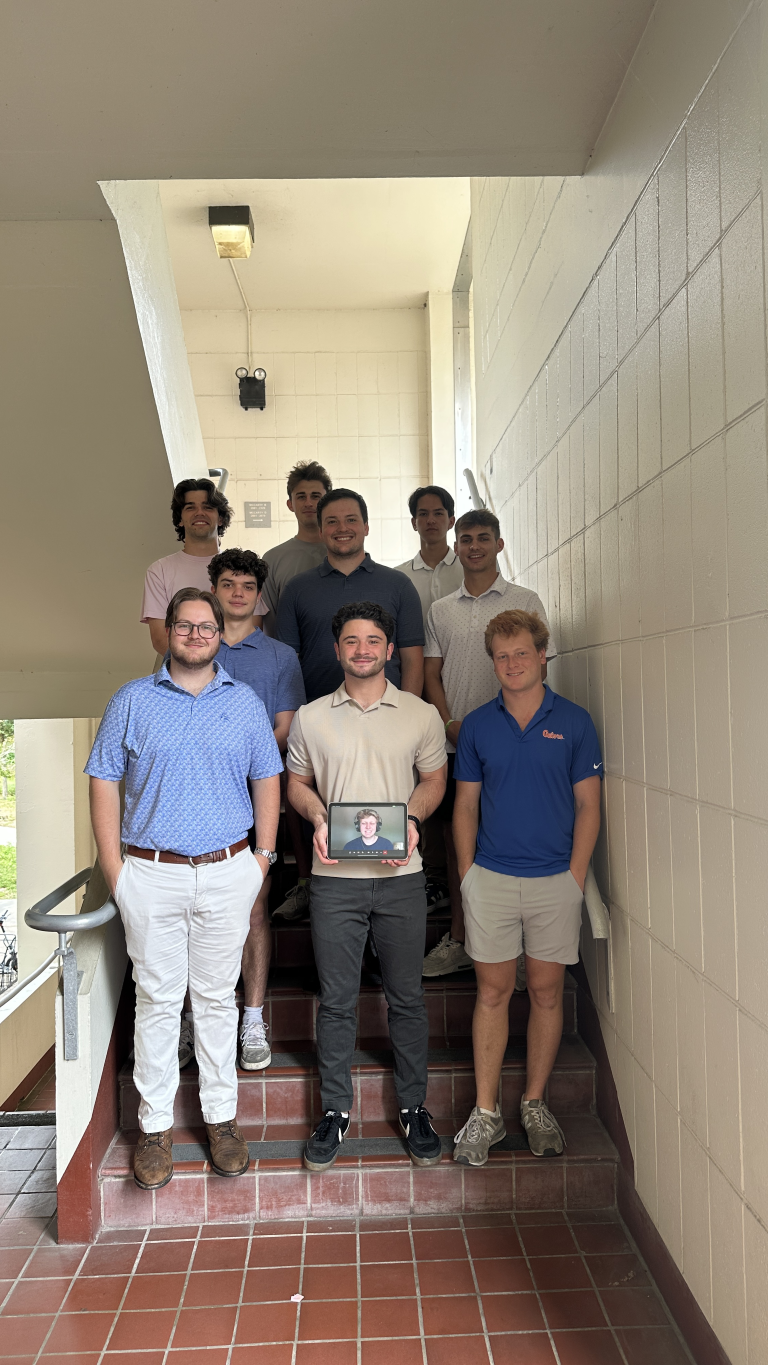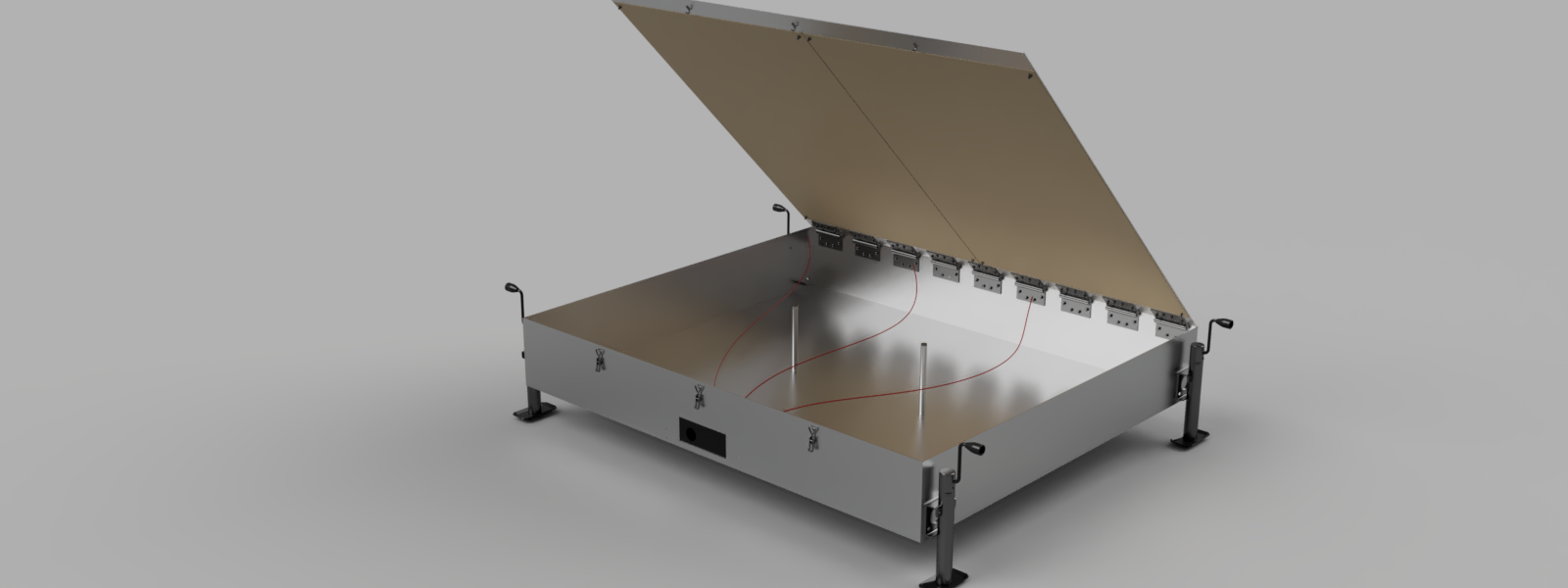Team Members

Lucas Caporale, Parker Diez, Jack coolbaugh, Sam Levine, Anthony Torla, Hunter Raley, Ian Anderson, Shane MacCartee, Evan Harper, Matthew Borne, Luke Adams
Abstract

The Decoy Division's thermal decoy is a lightweight and inexpensive device that can accurately and efficiently replicate the thermal signature of the M1 Bradley's engine block as viewed from satellite thermal imagery. The thermal decoy is intended to trick foreign threats into wasting time and munitions targeting the decoy instead of American soldiers and vehicles. The device is intended to be operated alongside a separate physical decoy composed of common construction elements such as wooden planks and tarps. In worst case conditions, the decoy can operate for over 30 hours, allowing ample time to be targeted by foreign threats. The decoy is carried by four soldiers using ruggedized aluminum handles located on the sides. Once in position, leveling jacks located on the corners of the decoy allow for four points of elevation so that the device could be raised and level on various terrain conditions. Then, disconnecting the three toggle latches from their respective hooks allows for the device to deploy via spring-loaded hinges that raise the top plate into pressurized contact with the physical decoy. To create an accurate thermal image, a nichrome wire array generates heat and transfers it to the aluminum top plate which is pressed against the surface of the physical decoy, allowing for efficient heat transfer. The array of nichrome is held securely in place by sheets of electrically insulative polyamide film and thermally insulative plates of fiberglass. These components ensure that energy loss during operation is minimized. A compact control system located on the front plate allows for the decoy temperature to be modifiable, making it applicable for vehicles other than the M1 Bradley. A thermistor monitors the decoy temperature, and a PCB uses that information to power cycle the device, further improving efficiency.
3D Interactive Product Model
The following is an interactive 3D model of the product design. You can view and rotate the product assembly in different orientations and views, including an exploded view to see the various parts that make up the assembly.
